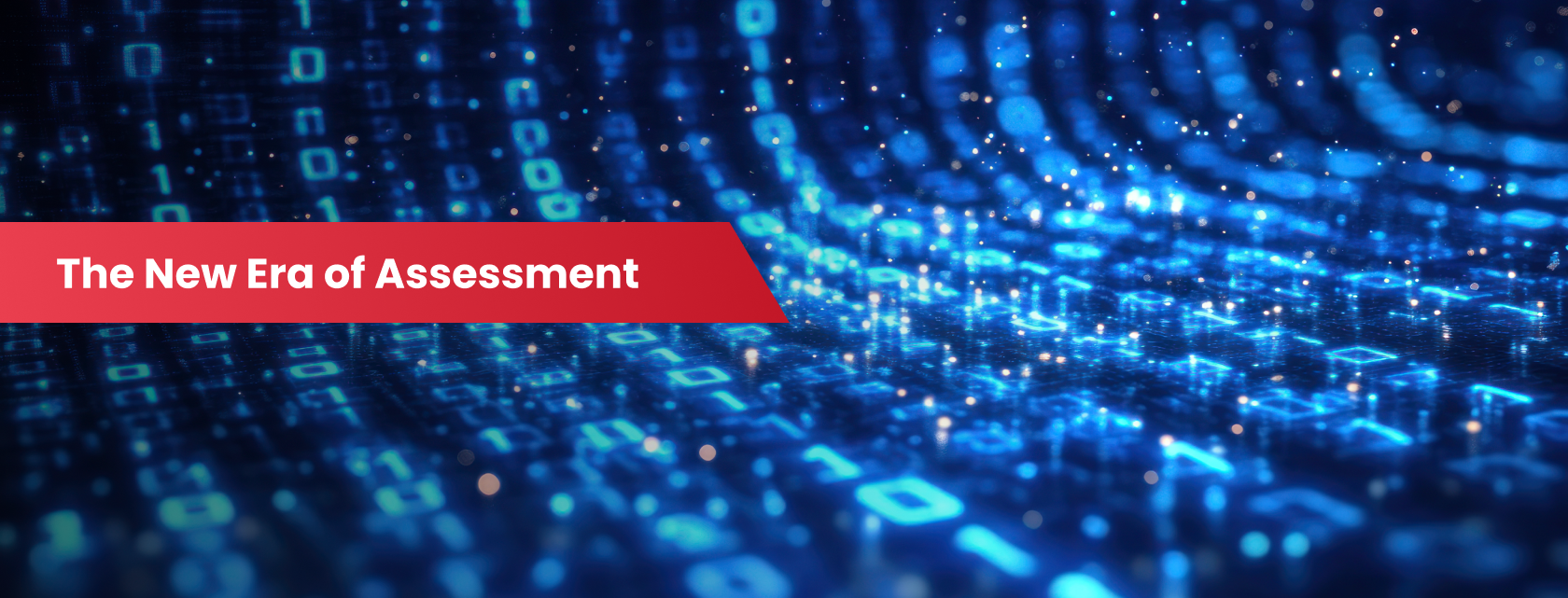
For as long as education has existed, the challenge of fair and efficient grading has been central to the teaching process. Teachers invest countless hours evaluating essays, providing constructive feedback, and ensuring consistency across assignments. Yet grading has always been vulnerable to subjectivity, human error, and the sheer burden of time. Enter the AI grader, a technological innovation that promises to revolutionize the way we think about academic evaluation. By blending artificial intelligence with educational practice, this new wave of tools—ranging from an essay grader to an AI grading tool or an AI checker essay system—seeks to redefine not just how students are assessed, but how they learn from feedback.
Traditionally, grading relied solely on human judgment. Teachers read essays line by line, correcting grammar, evaluating argument strength, and marking style. While personal evaluation carried empathy and flexibility, it was limited by bias, inconsistency, and fatigue.
The late 20th century saw the rise of standardized testing and computerized scoring systems. Early digital grading tools focused narrowly on multiple-choice exams, offering speed but little insight into student reasoning. Essay grading, by contrast, remained difficult to automate because it demanded interpretation of meaning, nuance, and creativity.
Artificial intelligence, however, changed the landscape. Advances in natural language processing (NLP) and machine learning created the possibility of a reliable AI grading tool that could analyze essays not just for grammar, but also for coherence, style, argument quality, and originality.
An essay grader is not a simple grammar checker. At its core, it uses algorithms trained on massive datasets of student writing, professional evaluations, and linguistic patterns. Here’s how it typically functions:
The result is not only faster grading but also richer feedback loops that help students become stronger writers.
While the AI checker essay is often associated with grammar correction,in the new era its scope is much broader. These tools are designed to ensure academic integrity and quality writing. Their capabilities include:
For educators, these functions reduce the risk of oversight and provide a safeguard against academic dishonesty. For students, they offer an opportunity to refine work before submission, much like having a personal writing coach.
The promise of AI grading in new era extends far beyond efficiency. Its advantages include:
These benefits collectively create a more supportive and scalable educational ecosystem.
Despite their advantages, AI graders in thew new era are not without criticism. Several challenges persist:
These limitations suggest that while AI is a powerful tool, it cannot fully replace human judgment in education.
In standardized testing environments, speed and consistency are paramount. Here, an essay grader in the new era offers clear advantages, producing quick results without human subjectivity. However, in classroom settings, grading is often about more than scores—it’s about mentoring and feedback.
Thus, many educators see AI as complementary rather than competitive. An AI grading tool can handle first-pass evaluations, allowing teachers to refine and personalize feedback. This hybrid approach ensures efficiency without sacrificing the human touch.
When AI grading systems first emerged, many educators expressed skepticism. Could a machine truly evaluate the depth of human expression in the new era? Over time, however, teachers began recognizing the technology’s potential—not as a replacement, but as a partner.
Ultimately, adoption often depends on how schools implement these tools—whether as standalone evaluators or as supplements to human grading.
The future of AI grading tools is likely to be collaborative, adaptive, and increasingly sophisticated. Several trends point to what’s next:
If implemented responsibly, AI graders could democratize education by ensuring that high-quality feedback is accessible to students everywhere, not just those with abundant teaching resources.
The rise of the AI grader represents more than just a technological breakthrough—it reflects a broader transformation in education. From essay grader platforms that speed up evaluation, to AI checker essay systems that enhance academic integrity, to holistic AI grading tools that provide actionable feedback, the ecosystem of AI in assessment is rapidly expanding.
Yet technology alone is not enough. Education is inherently human, rooted in mentorship, creativity, and empathy. The true promise of AI lies not in replacing teachers but in empowering them. By handling repetitive tasks and offering data-driven insights, AI gives educators more space to inspire curiosity, foster dialogue, and nurture critical thinking.
In the end, the future of grading is not about machines versus humans—it’s about finding harmony between the two. An AI grader may never capture the spark of genius in a daring metaphor or the depth of cultural insight in a nuanced essay. But when paired with the wisdom of teachers, it becomes a catalyst for more equitable, efficient, and meaningful education.